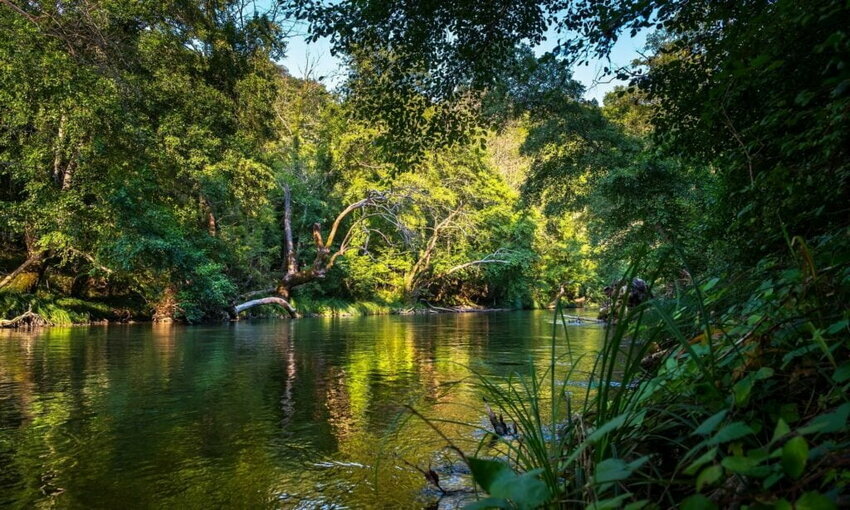 Mercado Libre is Latin America’s largest company by market capitalization — a $10 billion enterprise committed to creating economic, social, and environmental value. It developed “Regenera America” to demonstrate climate leadership and catalyze an ecosystem of market players.
Mercado Libre is Latin America’s largest company by market capitalization — a $10 billion enterprise committed to creating economic, social, and environmental value. It developed “Regenera America” to demonstrate climate leadership and catalyze an ecosystem of market players.
Its aim is to preserve Latin America’s rainforests, which suck CO2 from the atmosphere and create ecotourism employment and community development.
“Mercado Livre — the Amazon of Latin America — is taking responsibility for its CO2 emissions and is committed to reaching net zero. Instead of buying carbon credits, it is investing in projects up front,” said Diego Saez-Gil, the founder of Pachama, which makes artificial intelligence and satellite technologies used to save rainforests.
His outfit uses artificial intelligence to determine how much carbon is in the forest. It automates those measurements, allowing companies and countries to use the technology and trust the outcomes effectively. And the satellite data shows what trees are standing and the level of deforestation that may have occurred — things that can affect carbon accounting.
The technologies make it easier for companies and countries to get the financing they need to stop deforestation and start regeneration projects that sequester carbon. For now, the public and private sectors are investing in rainforest preservation to help them fulfill their Paris promises. Eventually, those entities will issue carbon credits that have been certified.
“This is a way forward,” said Saez-Gil, in a talk with this writer. “Carbon credits have disappointed us. So companies are making upfront investments to ensure the maintenance of trees and eventually carbon sequestration.”
As for Mercado Libre, it founded Regenera América to accelerate the ecosystem of conservation and reforestation actors. Since 2021, it has invested $18 million to provide essential startup funding to six restoration projects across Brazil and Mexico. That equates to nearly 15,000 acres — projects that will sequester about 900,000 tons of CO2 equivalent over 25 years through the restoration of more than 10 million trees. It partners with Pachama, aiming to expand to 18 countries.
Governments can also use these tools to predict and detect deforestation, measure carbon stocks, and monitor efforts to conserve and restore their natural ecosystems. That can help them access climate finance from the public and private sectors.
Pachama’s technology measures the environmental impact of reforestation and conservation projects. It does so by acquiring multiple data sets from satellite imagery, manually-created field plots, and 3-dimensional images of forests. It then uses artificial intelligence to combine and process the information — a tool to allow it to determine how much CO2 is stored in the forest.
Pachama also uses its technology to monitor forest cover change over time, which helps determine if conservation and reforestation projects are successful. And it applies a “dynamic baseline” to quantify the impact of conservation and reforestation projects, which relies on objective and scientific measurement. That reduces the likelihood of exaggerated impact claims, which has gotten the voluntary carbon credit in a lot of hot water.
“The overall objective of Pachama’s technology is to unlock the potential of forests to not only remove and store carbon dioxide but also continue to protect biodiversity, deliver key ecosystem services such as clean drinking water, and generate sustainable employment through forest-related activities,” Saez-Gil said.
Rainforest preservation is critical to CO2 reduction. But measuring and monitoring results is tricky, requiring the latest and great technologies. Welcome artificial intelligence and satellite imagery -- tools to verify results and increase the odds of getting corporate finance.